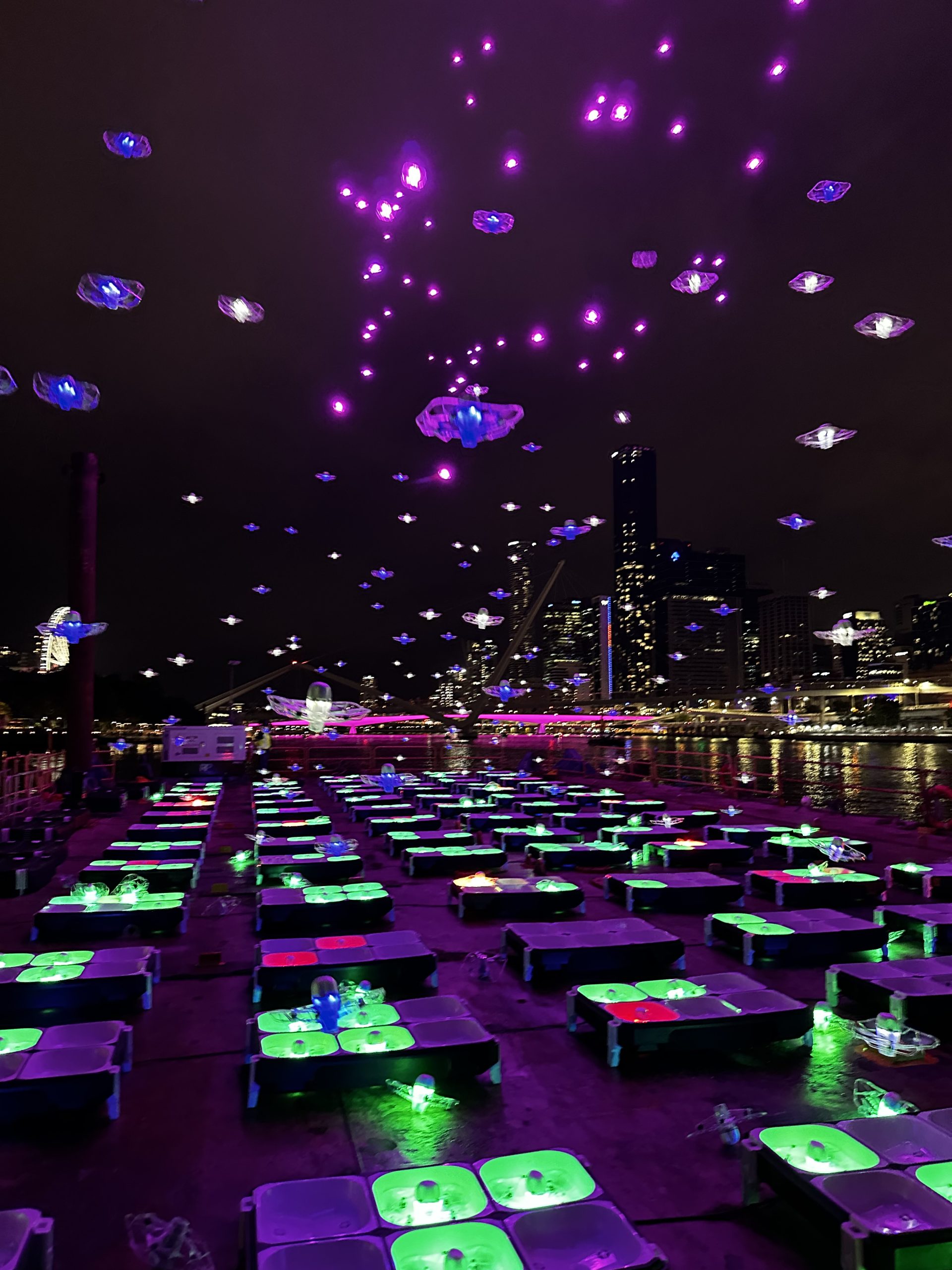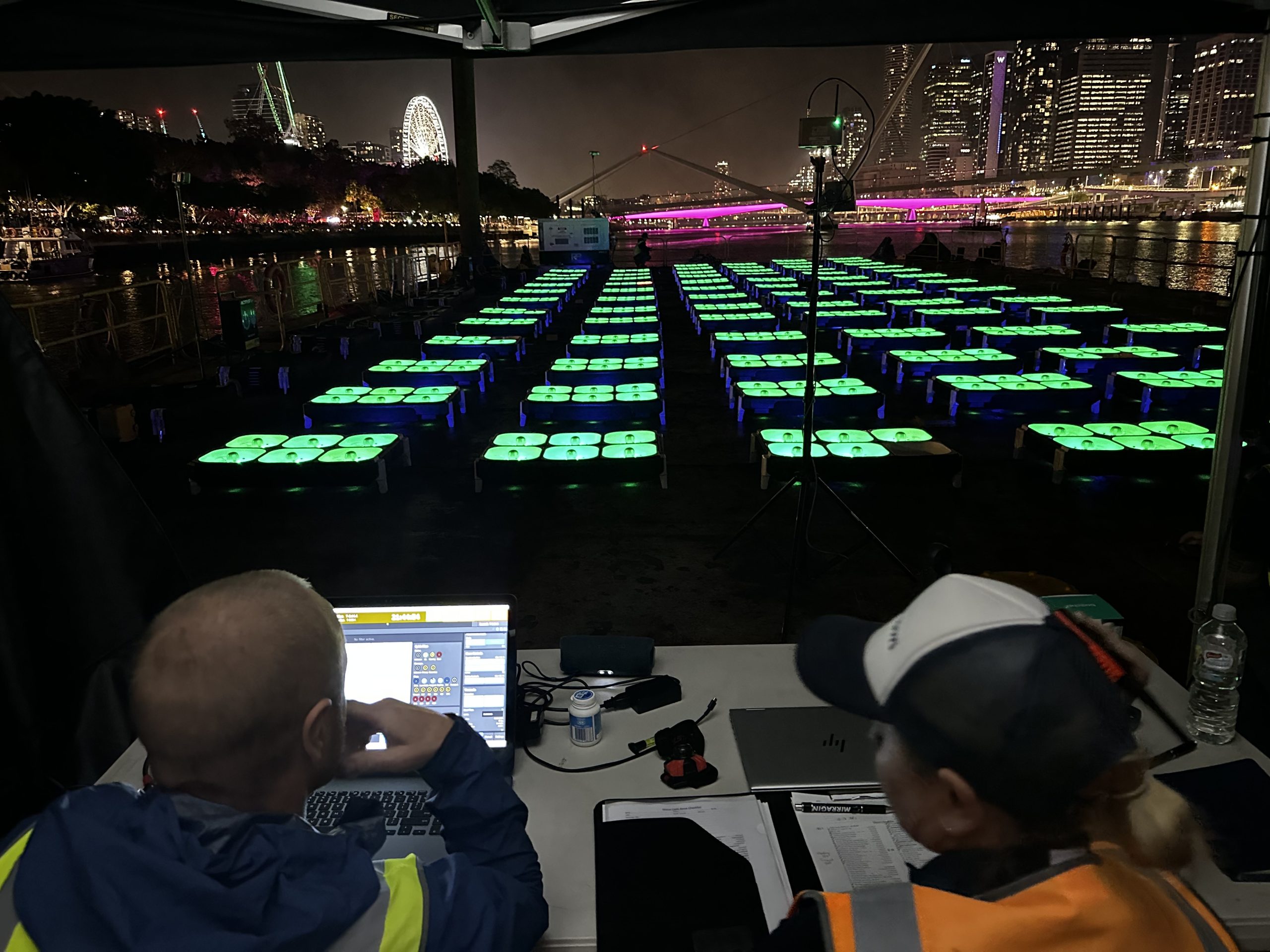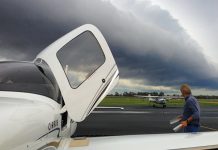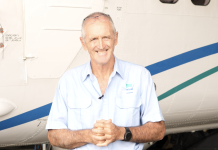State-of-the-art drone safety
Andrew Crowe’s career began more than 20 years ago as a drone operator in the Australian Army. After 7 years working in cutting edge drone operations, he took an opportunity to transfer his military skills and aviation knowledge and apply it to the civilian drone world.
Andrew holds a remotely piloted aircraft operator’s certificate (ReOC) and remote pilot’s licence (RePL) to undertake commercial drone operations.
Not only does he manage emerging aviation technology for Toll Aviation, but he is the co-founder and director of aerial drone lightshow group, Skyshows Australia.
At Toll Aviation, Andrew manages uncrewed system projects, meaning he works out how drones can be used with existing aviation activities including aeromedical, search and rescue and airborne law enforcement and surveillance.
‘I want to see real progress using uncrewed systems for ground, air and marine-based logistics, the opportunity to build this capability is really exciting for me,’ he says.
At Skyshows, he is pioneering state-of-the-art aerial entertainment.
‘It’s not going to replace fireworks, but it’s about entertaining crowds with an immersive experience and storytelling,’ he says.
Safety is paramount in both areas.
‘In the industrial space like powerline stringing, including drones is critical. Taking a dangerous task and improving efficiency and safety outcomes for operations.’
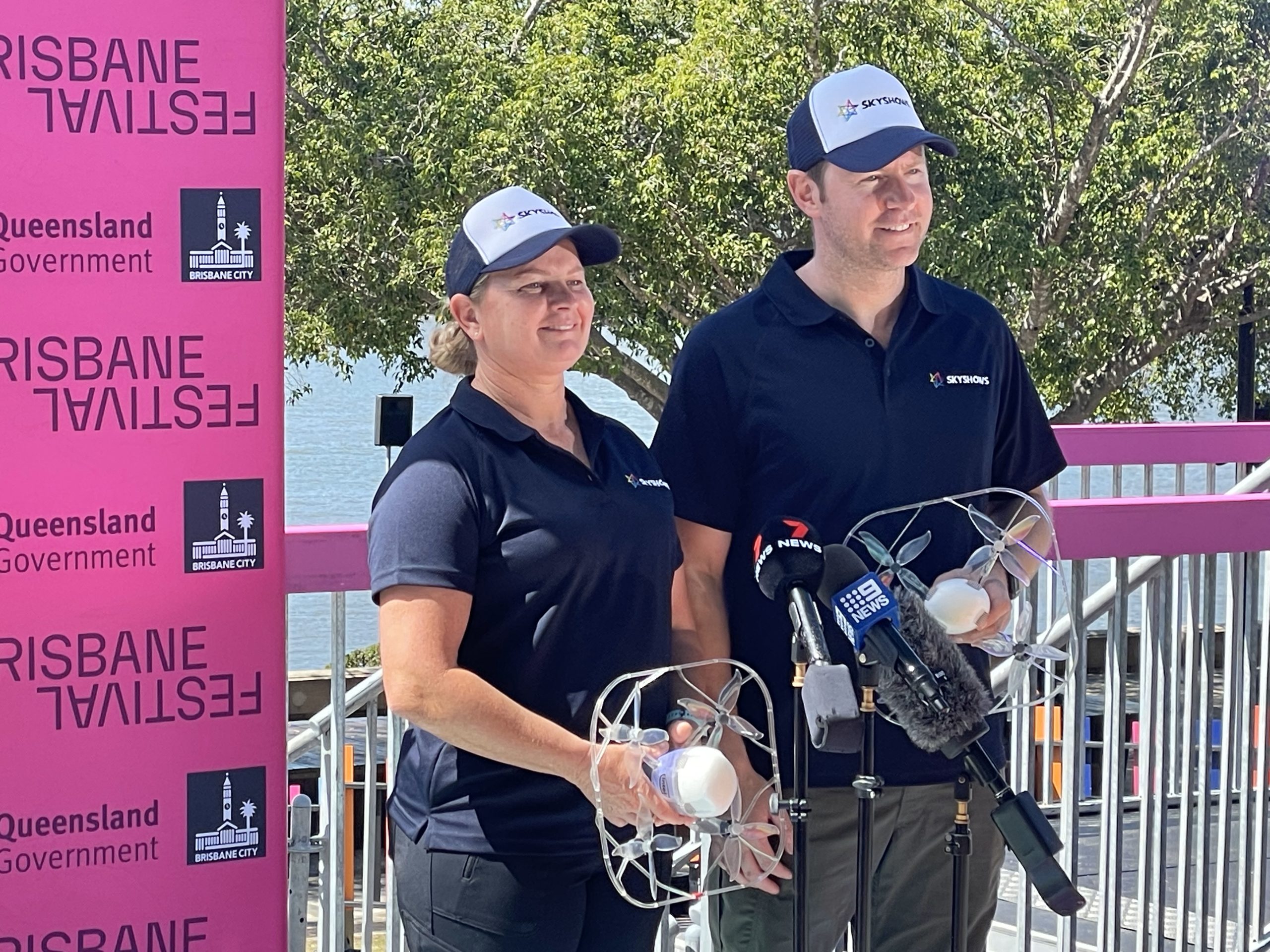
At Skyshows, safety begins with risk analysis and, where required, CASA approval.
‘It’s not just set and forget – we have a very specific checklist to follow which is modified and re-approved by CASA,’ Andrew says.
‘We’ve got an Australia-wide approval from CASA on the condition we provide the concept of operations and raise a Notice to Airmen for each drone show.
‘A safety checklist starts well before each show with an exclusion zone.
‘The exclusion zone is controlled with coordination by police and maritime during the show, and often extends beyond the light display depending on how high the drones will fly.
‘We also have our remote pilot-in-command monitoring the drones during the show as each drone communicates with the ground station, as well as multiple spotters. We can see if there’s something wrong with an individual drone and pull it down from the rest of the pack.’
Andrew says the company has ‘an open-door policy’ that includes inviting CASA to see what the company is doing.
‘The more CASA can see and share safety information, the more it’s going to benefit the industry in the future,’ he adds.
And is there an overall drone safety message Andrew has learnt during his varied career?
‘My one key drone safety tip is to just do the right thing. It’s simple,’ he says.
‘If people just do the right thing, engage with CASA properly and follow safety procedures, it will raise the bar for our industry.’
- If you are interested in being a Drone flyer diarist, email promotion@casa.gov.au
